Trump Tariffs Will Skyrocket Steel Building Costs
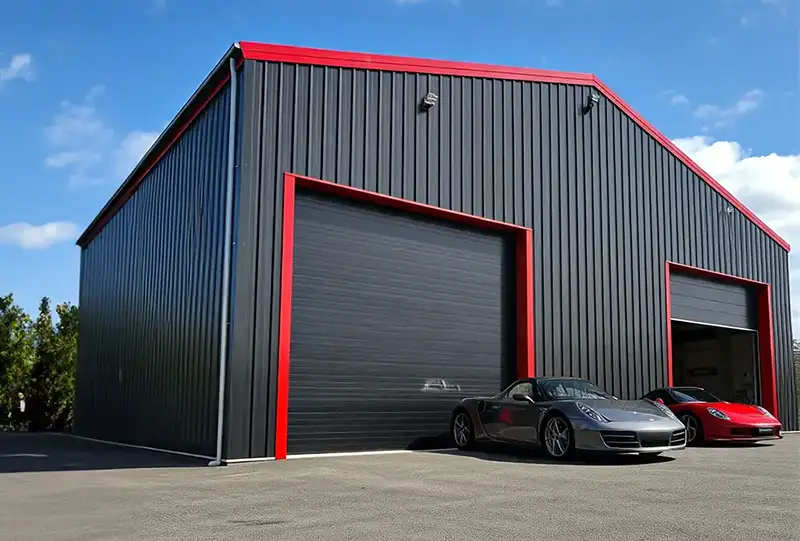
Steel Building Prices Will Be Going Up Once Donald Trump Begins His New Term
As President-elect Donald Trump prepares to implement new tariffs on steel imports, stakeholders in the construction industry, farmers and residential home owners are bracing for the incoming cost increases. Understanding the implications of these tariffs is crucial for anyone considering a prefabricated metal garage, workshop, barn, shipping container roof or a commercial structure. Future and Toro Steel Buildings are seeing a massive influx of customers who are trying to purchase something prior to prices going up.
Understanding the Proposed Tariffs
Trump’s administration has signaled intentions to impose a 25% tariff on all steel imports, aiming to bolster domestic steel production and protect U.S. steel jobs. This policy mirrors the 2018 tariffs, which had significant impacts on the steel industry and related sectors.
Impact on Steel Building Costs
The construction industry heavily relies on steel, importing substantial quantities to meet demand. In 2021, the U.S. imported approximately $8.3 billion worth of steel products from Canada alone, accounting for nearly a quarter of total steel imports Statista. Imposing a 25% tariff on these imports is expected to lead to:
Increased Material Costs:
Tariffs raise the price of imported steel, leading to higher costs for construction materials. This increase often gets passed down the supply chain, affecting builders and consumers alike.
Higher Project Expenses:
With more expensive materials, the overall cost of construction projects is likely to rise, impacting budgets and potentially delaying developments.
Potential Supply Shortages:
Tariffs may disrupt the supply chain, causing delays in material availability and project timelines.
Lessons from Previous Tariffs
The 2018 steel tariffs provide insight into potential outcomes. Following their implementation, steel prices initially rose, benefiting domestic producers. However, the long-term effects included:
Price Volatility:
Steel prices experienced fluctuations, creating uncertainty in the market.
Limited Job Growth:
Employment in the steel industry did not see significant increases, with job growth lagging behind other sectors FactCheck.org.
Downstream Effects:
Industries reliant on steel faced higher input costs, leading to increased prices for consumers and potential job losses in manufacturing sectors.
Strategies for Mitigation
To navigate the challenges posed by the proposed tariffs, consider the following approaches:
Diversify Suppliers:
Explore alternative sources for steel, including domestic producers, to reduce reliance on imports subject to tariffs.
Advance Purchasing:
Secure steel supplies before tariffs take effect to lock in current prices and avoid anticipated increases.
Evaluate Material Alternatives:
Assess the feasibility of using alternative materials or construction methods that may be less affected by steel tariffs. A great example of this is opting for a cold-formed building as opposed to red-iron. These buildings use far less steel and that can amount to significant savings on your next building.
Conclusion
Trump’s proposed steel tariffs are poised to impact the cost and supply dynamics of steel in the construction industry in addition to many businesses who rely heavily on the ability to source steel at a reasonable price. By understanding these potential effects and proactively implementing mitigation strategies, business and home owners, builders and developers can better manage the challenges ahead. If you’d like to get a quote on a steel building and lock in pre-tariff pricing please click the Get Quote button below. Alternatively, check out some of our Clearance pricing here. Also, feel free to check out our sister company Toro Steel Buildings at https://www.torosteelbuildings.com
Related posts
One Comment
Leave A Comment

Latest Blogs
Your Future Building Has Arrived—Now What? A Practical Steel Building Maintenance Guide
Your Future Building Has Arrived—Now What? So, your[...]
Summer Deals on Steel Buildings
Summer Deals on Steel Buildings: Why Summer is a[...]
Hollywood’s Favorite Steel Building: The Pop Culture Rise of the Quonset Hut
The Pop Culture Rise of Quonset-Style Steel Buildings If you’ve[...]
How One Canadian Customer Transformed Their Business with a Future Buildings Quonset Hut! 🇨🇦
The Story of Emma and David: A Business Transformation[...]

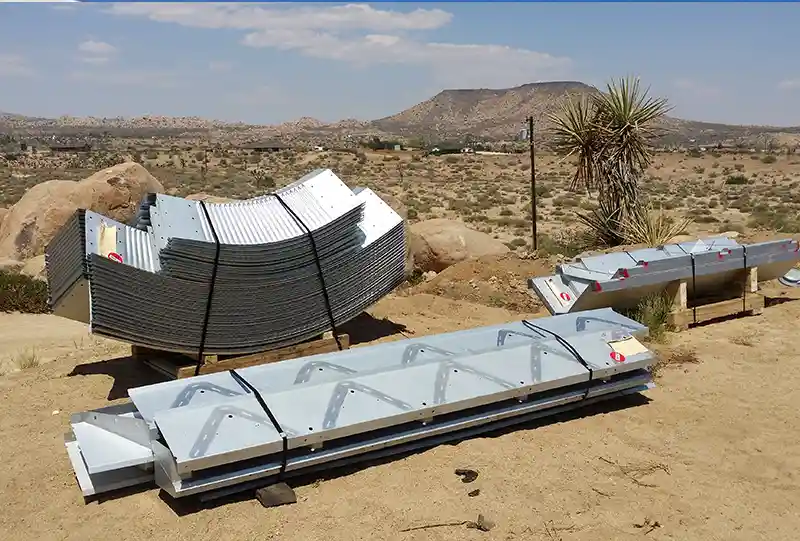

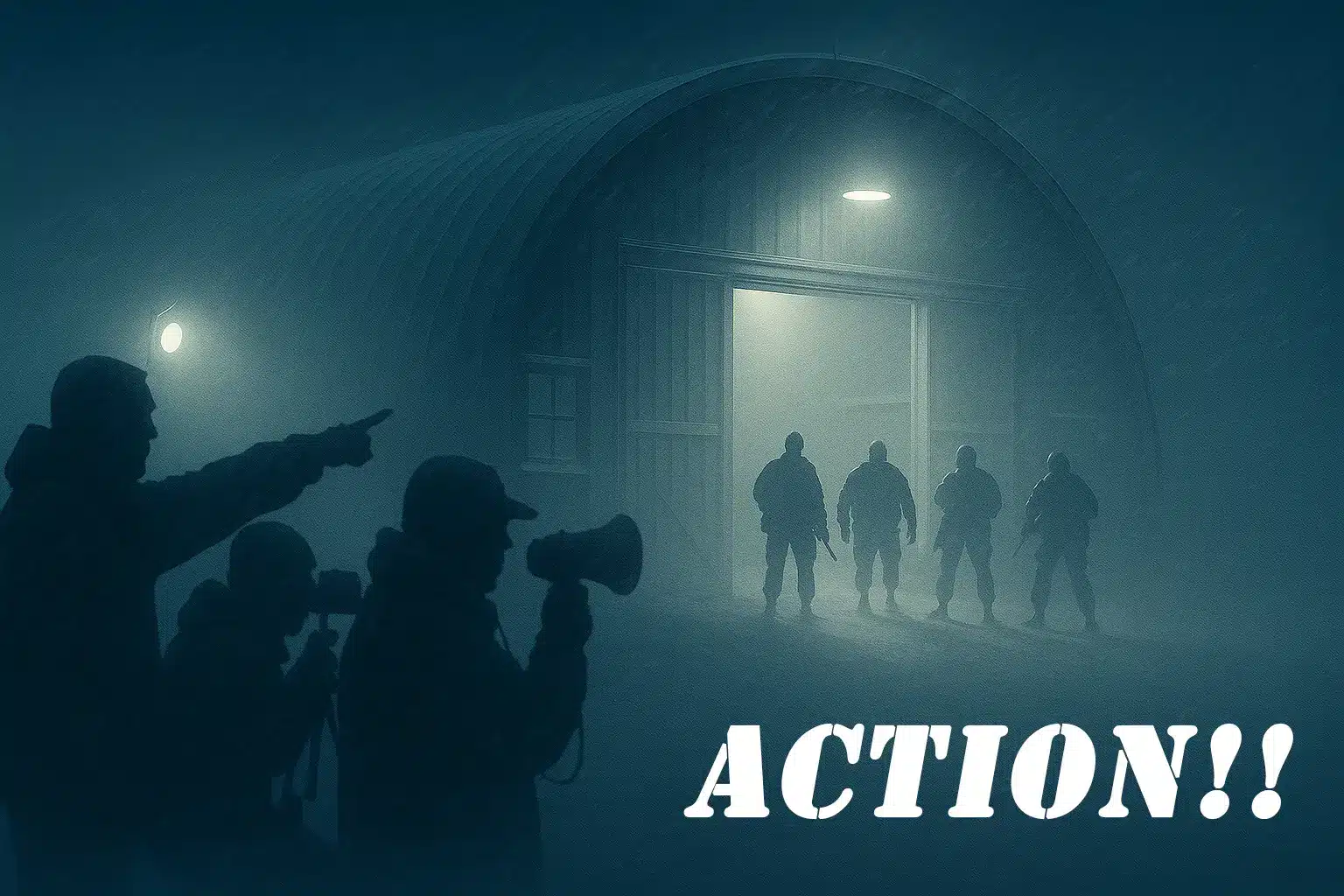

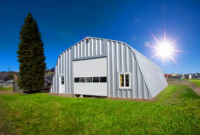

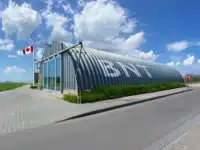



The Smoot-Hawley Tariff Act of 1930 signed by the US President Herbert Hoover, was a major US law intended to protect American businesses and farmers during the Great Depression by imposing high tariffs on over 20,000 imported goods, sponsored by Senator Reed Smoot and Representative Willis C. Hawley.
The Smoot-Hawley Tariff Act raised average tariff rates to nearly 60% among the highest in US history and led to immediate retaliation from America’s trading partners. Within 2 years about two dozen countries enacted their own tariffs resulting in a 65% decrease in global trade between 1929 and 1934. For instance, Canada one of the largest trading partners of the US, levied tariffs on 16 products impacting roughly 30% of US exports to Canada.
The reduction in international trade worsened the global economic downturn. US Imports dropped by 66% from $4.4 billion in 1929 to $1.5 billion in 1933, While US exports declined by 61% from $5.4 billion to $2.1 billion.
This contraction led to widespread unemployment and prolonged the effects of the Great Depression. The Smoot-Hawley Tariff Act is a policy failure that deepened the Great Depression and it serves as a warning of how protectionist trade policies can provoke international retaliation and cause severe economic repercussions.